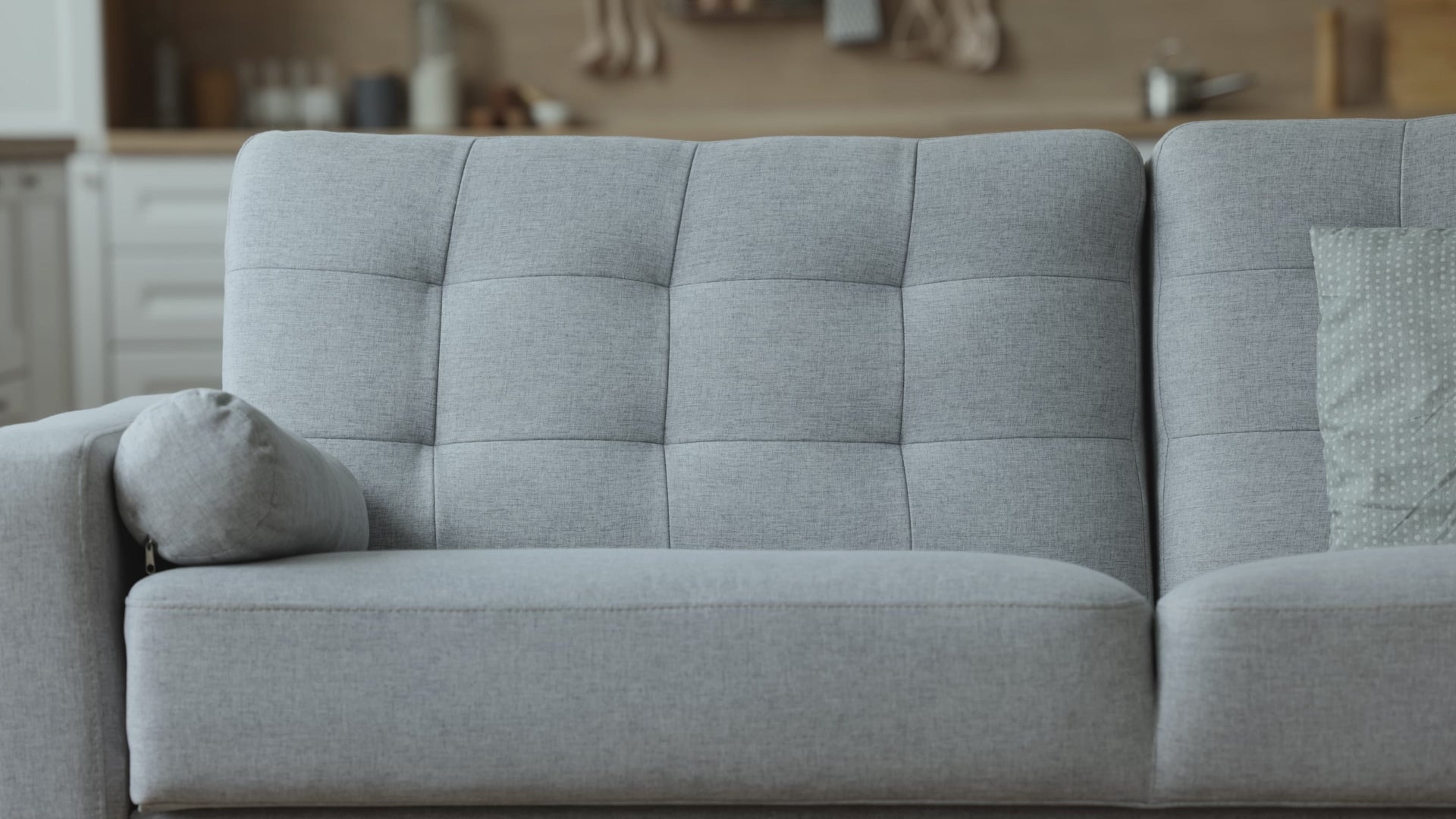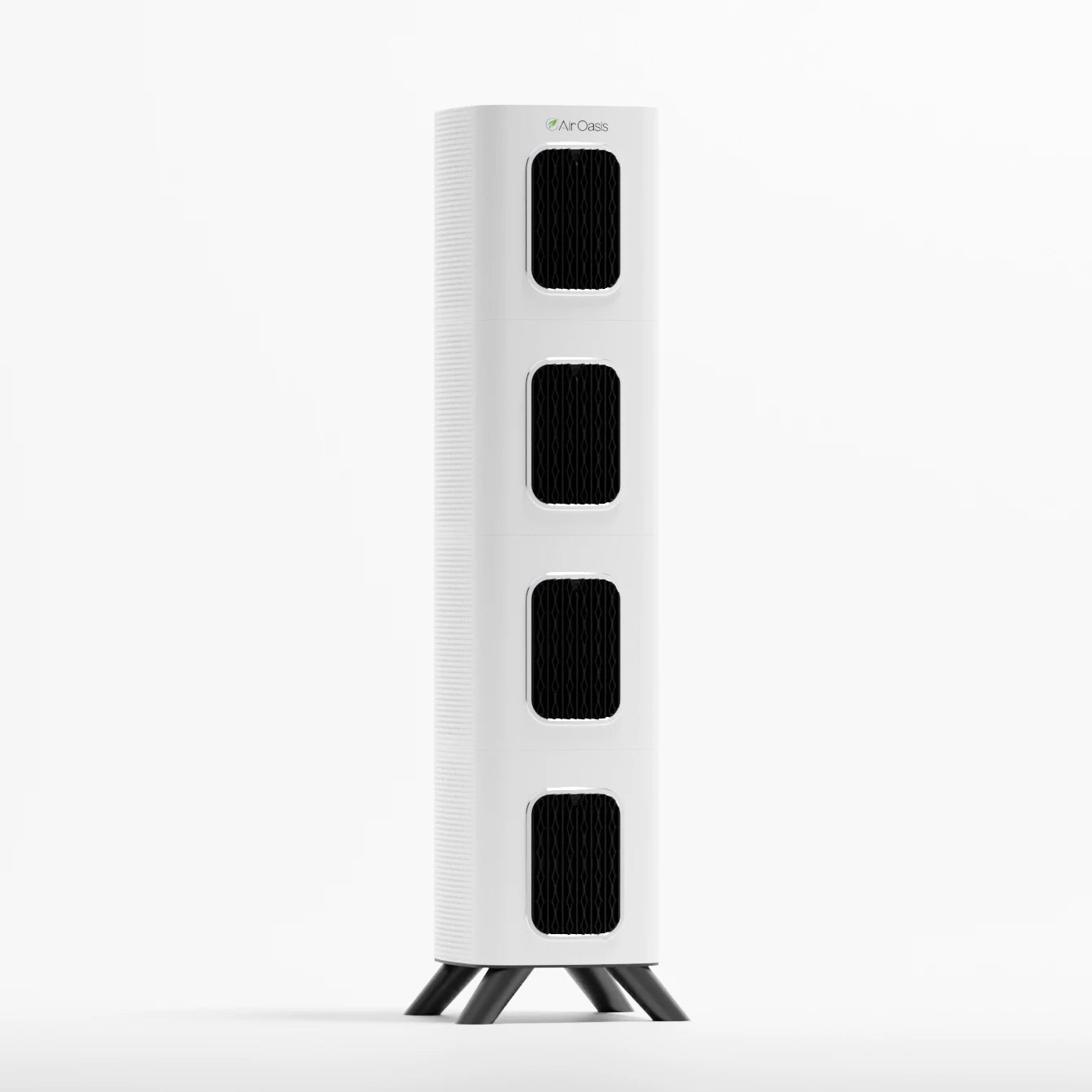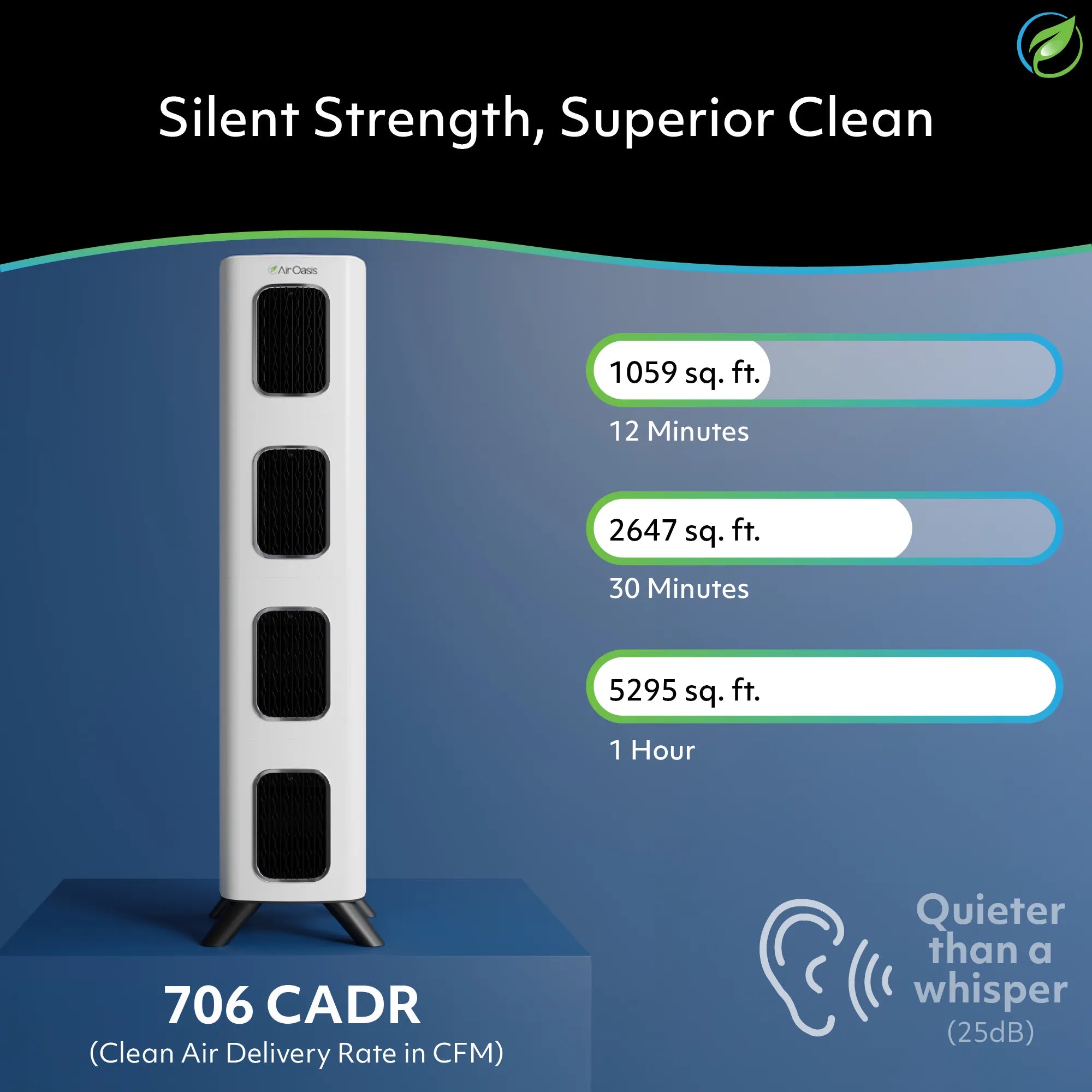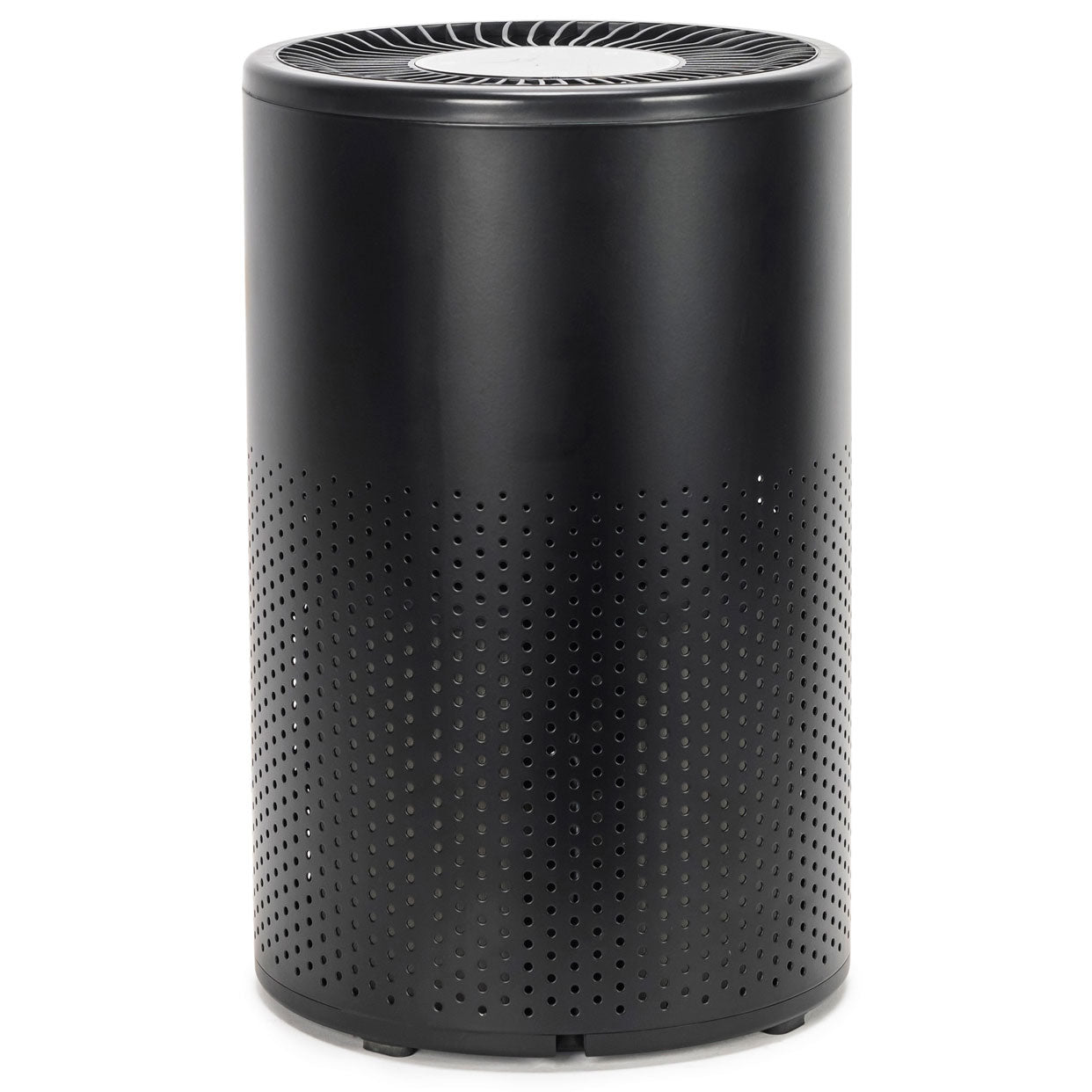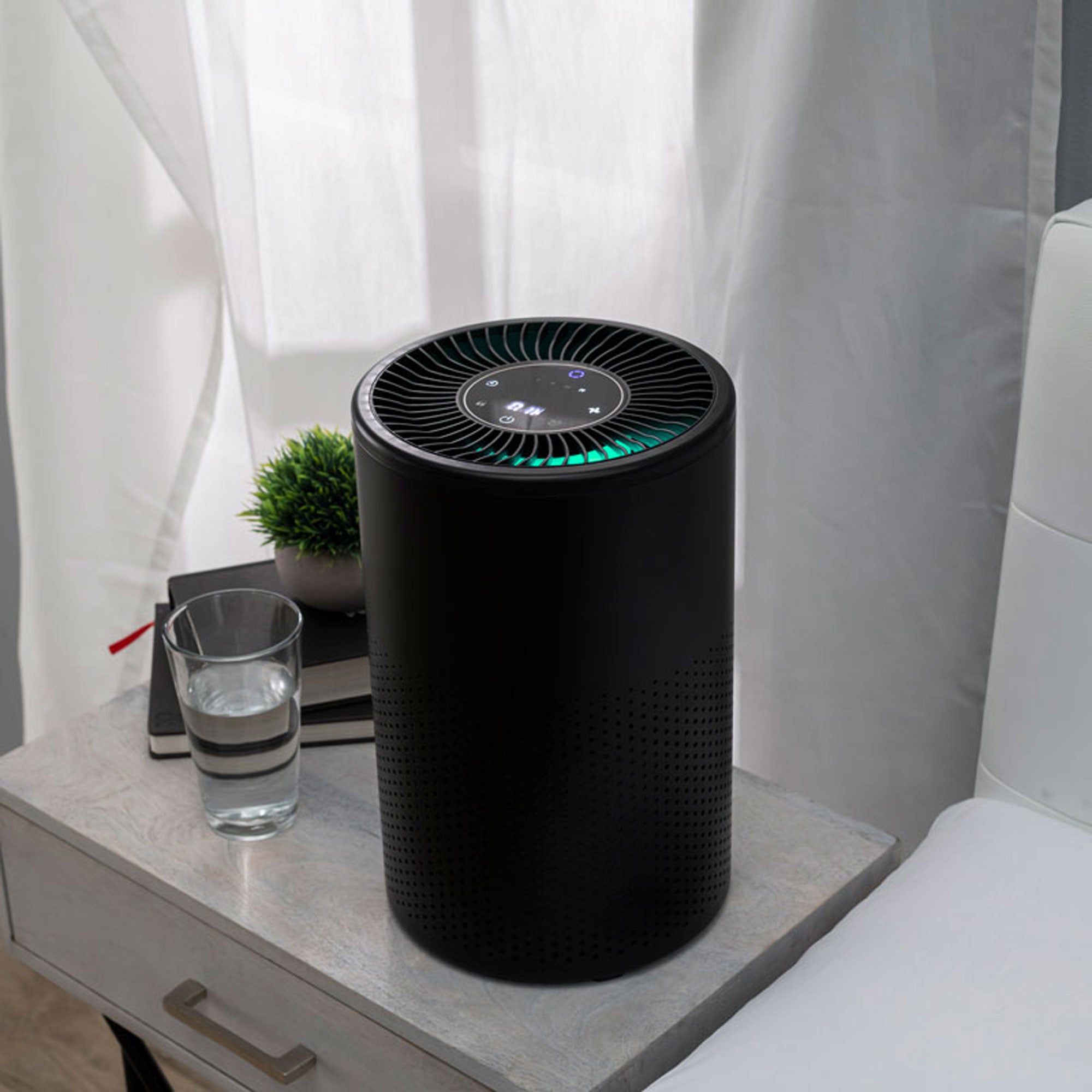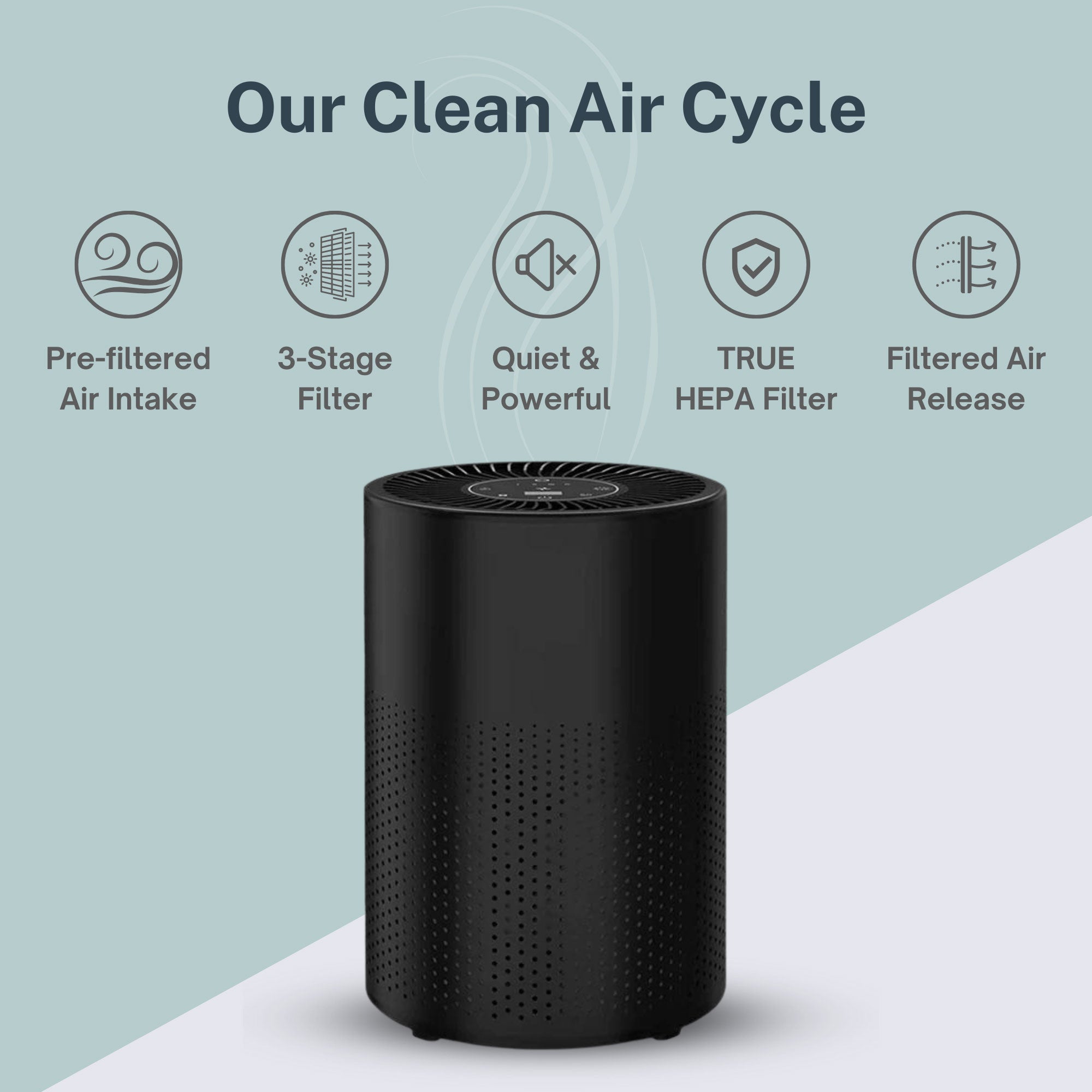April showers bring May flowers… and cold, wet winters bring mold.
The common misconception is that rainy Spring weather means a perfect wet environment for mold to grow. The truth is, it’s the winter months when mold typically tends to be an issue.
For residents of colder and particularly wetter climates–like the Pacific Northwest or Northeast–during the winter, warm air from heating systems rises into attics, where it meets under the cold roof and often causes condensation. This creates the perfect home for mold to thrive.
Whether your goal is to identify mold, prevent it, or treat the effects of mold allergies, proper ventilation in high-risk areas of your home is critical to prevent mold growth.
Air Oasis’ iAdaptAir® purifier is engineered with five redundant, overlapping technologies to clean more of your air faster–and prevent mold in the process. Shop here.
Mold in Cold Temperatures
Understanding how and where mold can grow in your home is important during all months of the year, even winter. With the right conditions, mold growing on surfaces within your home can be detrimental to your health.
Contrary to popular belief, cold weather does not kill mold, which can and does grow in the winter months. While extreme temperatures can temporarily deactivate mold, it does not die–it just waits for ideal conditions to grow.
Because mold spores often go dormant and begin to grow again when temperatures rise, controlling the temperature of mold-affected areas is not the simple solution to your problem.
Prevent Mold Growth During the Winter
Preventing mold growth in the winter is possible with simple strategies. Preventing mold will also help reduce symptoms of mold allergies.
- Always use a ventilation fan in your bathrooms during showers or baths.
- Maintain humidity at or below 50% throughout your home at all times during the year.
- Where moisture collects in kitchens and bathrooms, use mold-killing cleaners.
- Keep carpets and rugs away from sinks, windows, or other wet places in your home.
- Inspect pipes and fix plumbing leaks as soon as possible to prevent water from collecting.
- Change filters on your furnace and air purifiers regularly, and check air ducts for mold.
- Regularly clean exterior gutters to prevent moisture from collecting on debris.
- Dispose of anything in your home that has been exposed to moisture–newspapers, fabric, upholstery, etc.
Mold Allergies in Winter
Like mold growth, winter doesn’t typically get the bad rap for causing allergies like the fall or spring months. However, winter brings its very own unique set of allergy triggers–chief among them mold.
What are mold allergies?
Mold spores are so tiny and lightweight they can float through the air like pollen. Given how small the spores are, they are very easy to breathe in, which may cause an allergic reaction.
An allergy to mold is really a mold spore allergy. A mold allergy is when your immune system overreacts to breathing in mold spores, creating mold allergy symptoms.
How do you identify mold allergies?
While there are 100,000 different types of molds, not all cause allergy symptoms. Some of the most common molds that result in allergies include alternaria, aspergillus, cladosporium, and penicillium.
When inhaled, symptoms of mold allergy include:
- Nasal and sinus symptoms – runny nose, nasal congestion, and sneezing (also known as allergic rhinitis – mold is a type of perennial allergic rhinitis)
- Sore throat
- Watery or burning eyes
- Dry cough
- Shortness of breath
- Irritation of the nose, throat, or even skin
How do you prevent mold allergies?
To reduce mold in your home, eliminate or reduce the conditions they need to grow:
- Moisture – look for areas where excess moisture remains – bathrooms and kitchens can be a common source. A dehumidifier may help reduce indoor humidity during certain times of the year. Make sure all doors and windows have good seals.
- Poor ventilation – utilize fans in places with poor ventilation (such as bathrooms).
- Darkness – look in dark places for mold. Limit moisture in these areas as much as possible.
Find Mold In Your Home in the Winter
The best way to avoid the adverse effects of mold, including mold allergies, is to identify the source of your mold and remove or clean it.
Often, mold is visibly growing in places like the bathroom or kitchen, in which case it is important to identify the source of the moisture and eliminate, repair, or clean it. For instance, if you notice mold growing under your kitchen sink, you may investigate to find a leaky pipe that needs to be repaired.
Other times, mold may not grow visibly in places you might expect it, but it is still important to take steps to prevent future growth.
Where does mold grow in your home?
There are predictable locations where mold is most likely to grow in any home. If you are looking to identify the source of your mold allergies, check these possible places first:
- Near or around windows, especially ones where you notice regular condensation.
- Near dryers or stoves that do not vent to your exterior–the heat can cause condensation buildup.
- Anywhere there is a leak or dripping water.
- Peeling paint on window sills can indicate the presence of moisture.
- Water stains on drywall or paint can indicate a moisture problem and potential for mold.
- Anywhere water sits, or steam collects–bathtub drain, above your stove, near your dryer, etc.
Get Rid of Mold in Your Home in the Winter
Mold is often difficult to remove in the home–it can even lurk inside walls. It’s best if someone other than the person with the mold allergy works to remove the mold. Sometimes, you must consult a mold remediation specialist for extreme cases. These tips will help you perform general mold cleanup in your home.
Tips to Remove Mold
- Fix plumbing leaks and other water problems as soon as possible. Dry all items completely.
- Scrub mold off hard surfaces with detergent and water, and dry completely.
- Absorbent or porous materials, such as ceiling tiles and carpet, should be thrown away if they become moldy. Mold can grow on or fill in the empty spaces and crevices of porous materials, so the mold may be difficult or impossible to remove completely.
- Avoid painting or caulking moldy surfaces–clean the mold first, then apply paint or caulk.
- Increase airflow by using an air purifier to prevent mold growth in the future.
Air Purifiers and Winter Mold
Mold is a pesky family of fungi that can grow and spread rapidly over practically any household surface. If it isn’t dealt with, it can cause major problems for homeowners and the health of the home’s inhabitants.
Mold thrives on moisture and high humidity. Reducing humidity, eliminating water buildup, and increasing airflow can all help to prevent the potential for mold growth. Ultimately, the source of the mold must always be identified first.
Taking preventative measures in your home to reduce mold growth is beneficial to both the integrity of your house and your family's health.
Lab-tested to effectively fight back against mold, the Air Oasis iAdaptAir uses five technologies to attack and reduce mold, mold spores, and mycotoxins. Shop here.











